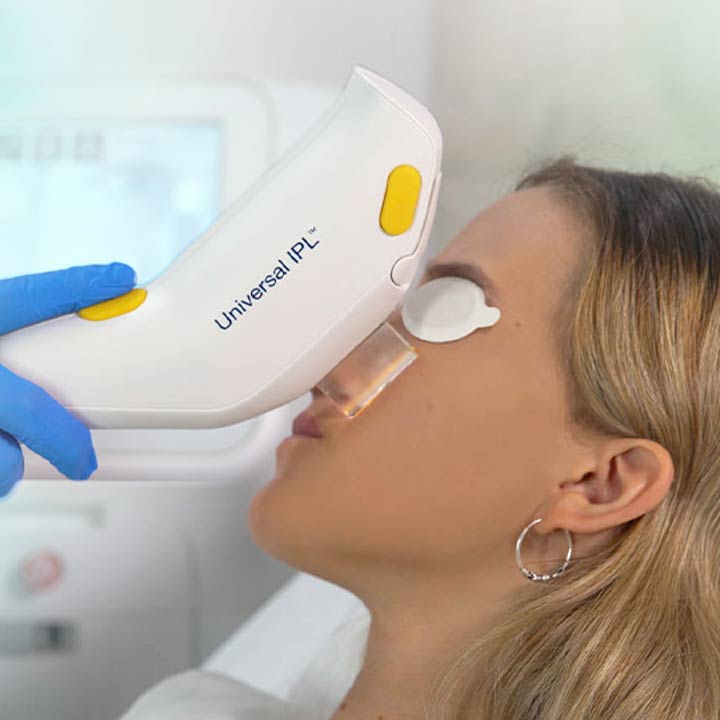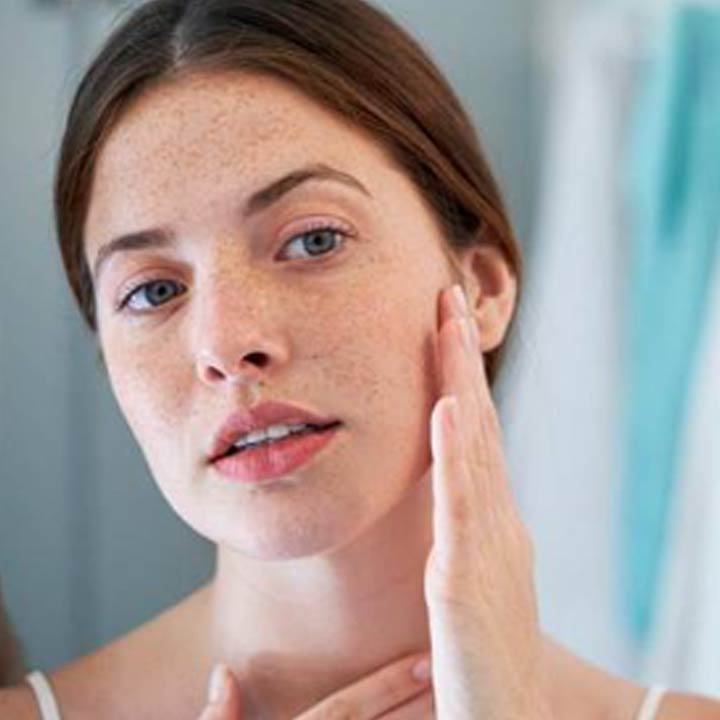The Ohio State Havener Eye Institute created the Program of Excellence for Dry Eye and Ocular Surface Diseases to provide you with access to expert clinical care backed by the latest research and academic advancements. You’ll find tried and true management approaches to dry eye and ocular surface diseases at the Ohio State Wexner Medical Center, along with the most advanced treatments.
Doctors and researchers at the Ohio State Havener Eye Institute are using the latest treatment approaches to not only relieve symptoms of dry eye and other ocular surface diseases, but also to address the root cause.
What are ocular surface diseases?
Ocular surface diseases consist of all conditions that cause damage to the surface layers of the eye (the cornea, conjunctiva and glandular network). In addition to dry eye, which is the most common ocular surface disease, these conditions include:
- Blepharitis – Blepharitis occurs when the oil glands along the edges of the eyelids become clogged, leading to redness, irritation, swelling and crusty flakes on your eyelashes.
- Neurotrophic keratitis – Neurotrophic keratitis is a degenerative disease of the cornea that causes spontaneous breakdown of the corneal tissue.
- Ocular rosacea – Rosacea is an inflammatory skin disease that causes redness, irritation and swelling. When rosacea spreads to the eye tissue, it’s called ocular rosacea.
- Meibomian gland dysfunction (MGD) – The Meibomian glands secrete oil to help lubricate the eye. When the Meibomian glands don’t secrete enough oil, or they secrete poor-quality oil, it can lead to dryness and irritation of the eye.
Inflammation is at the root of most ocular surface diseases. Doctors and researchers at the Ohio State Havener Eye Institute are using the latest treatment approaches to not only relieve symptoms of dry eye and ocular surface diseases, but address the root cause.
What is dry eye?
You might only think of tears when you’re actively crying, but your eyes secrete tears throughout the course of the day to keep your eyes lubricated. If your eyes don’t make enough tears or produce tears that don’t function properly, you can develop a condition called dry eye.
Dry eye symptoms may include: red eyes, itchy eyes, a burning or stinging sensation of the eyes, sensitivity to light, blurred vision
Certain characteristics increase your chances of developing dry eye, these include:
- Age – Dry eye is more prevalent in people over the age of 50
- Sex – Women are more likely than men to develop dry eye
- Nutrient deficiencies – Certain nutrients, like vitamin A and omega-3 fatty acids, help support the production of tears. If your body is low on these nutrients, it can lead to dry eye
- Autoimmune diseases – Autoimmune diseases like Lupus or Sjogren's syndrome can increase your chances of developing dry eye
- Abnormalities in eyelids – If your lower or upper eyelids are too floppy, it can lead to improper production of tears and dry eye
Breakthrough treatment options

Intense pulsed light therapy
The Ohio State Wexner Medical Center also offers a breakthrough treatment for dry eye and ocular surface diseases called intense pulsed light treatment (IPL). IPL uses light to target and treat chronic inflammation without drugs or drops.
IPL has been safely used for aesthetic improvements for years. IPL can reduce the appearance of or eliminate rosacea, ocular rosacea, chalazions, styes, fine lines, wrinkles, scars, sun spots and uneven skin texture.
IPL Clinical Treatments
Dry Eye
IPL is not a laser treatment; instead, it uses beams of light to reduce inflammatory mediators, alleviate abnormal blood vessels and decrease Demodex mites (microscopic organisms found in the eyelashes) — all of which increase inflammation in the eye. Skin and eyelid inflammation can be the root causes of dry eye in many cases. The warmth from the light can also treat clogged oil glands and promote healthy secretion of oil, helping to further improve chronic dry eye.
Rosacea - Ocular and Facial
IPL can relieve inflammation of the eye tissue and reduce redness and irritation from ocular rosacea. This can diminish flushing and visible small blood vessels.
 Aesthetic treatments
Aesthetic treatments
IPL can be used together with ResurFX, a nonablative laser attachment for IPL, for photofractional aesthetic treatments. Treatment can visibly reduce the appearance of fine lines, skin texture, pigmentation, age/sun spots and broken capillaries.
Learn more about aesthetic treatments using IPL
For more information on IPL Treatment contact:
Casey Miley, COA
Ocular Surface Treatment Coordinator
6435 Post Rd. Dublin, OH 43016
Casey.Sullivan@osumc.edu
Frequently Asked Questions
-
How does IPL treatment work?
-
How long does IPL treatment take?
-
Does IPL hurt?
-
Is IPL safe?
-
Can I drive myself to IPL treatment?
-
How long has IPL technology been around?
-
Who is a candidate for IPL treatment?
Advanced specialty contacts
If you’ve struggled to wear contact lenses because of frequent dry eye, you may be a candidate for specialty contact lenses. Specialty contact lenses, called scleral contact lenses, rest on the white of your eye instead of your cornea and can usually improve your vision while allowing your eye to remain lubricated.
The Ohio State Havener Eye Institute offers the latest technologies in fitting specialty contact lenses to give you access to lenses that can correct your vision and prevent dry eye. Learn more about the Advanced Specialty Contact Lens Clinic at Ohio State.


